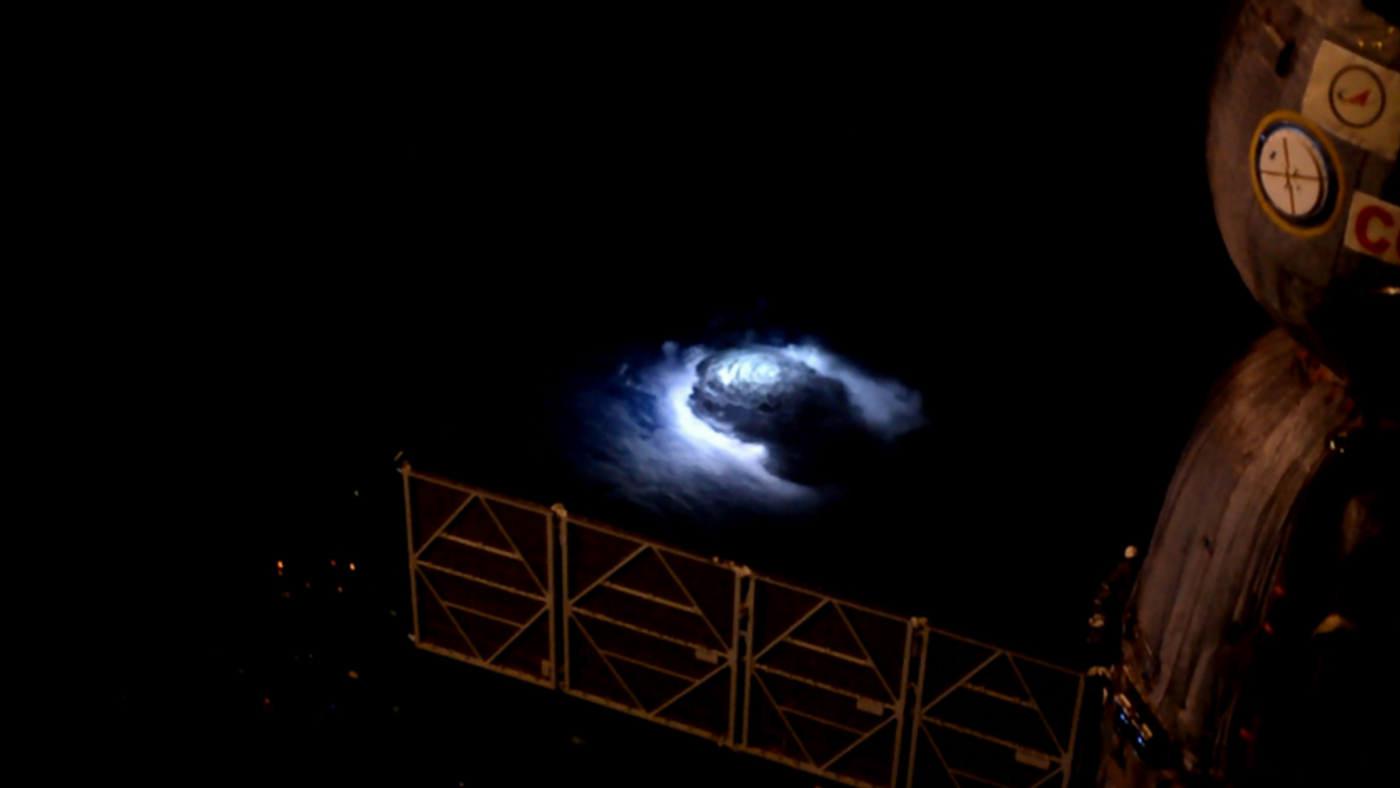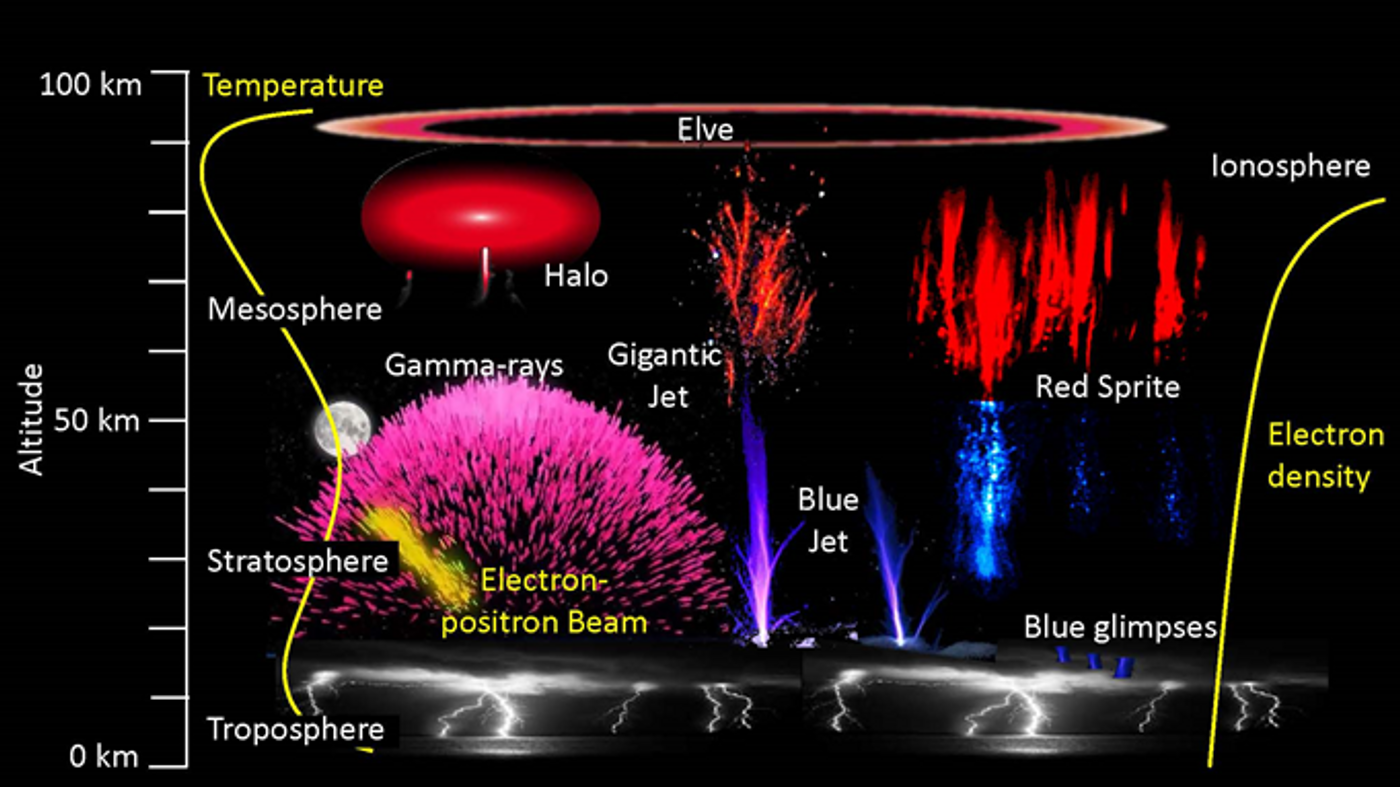Unraveling the Mystery of Thunderstorms, from Space
What exactly happens in the middle of a thunderstorm? The question seems so basic, but science has yet provided a comprehensive answer.
The Atmosphere-Space Interactions Monitor (ASIM) onboard the International Space Station is an Earth observation facility for the study of severe thunderstorms, in particular, the electrical discharges happening within the lightening. With a collection of optical cameras, photometers and a large X- and gamma-ray detector, researchers are hoping to use the ASIM to investigate the electrical profile of thunderstorms in the upper atmosphere including stratosphere, mesosphere, and ionosphere (where the earth’s atmosphere touches the space) for the next two years. The ultimate goal is to understand the role of thunderstorms in the Earth’s atmosphere and climate.
The physics behind lightning is complicated. It was not until early 20th century that consensus was reached in the scientific community about the nature and origin of thunder and lightning. To these days, scientists already know that in a thunderstorm, electromagnetic force tear apart atoms and create subatomic particles. Like an enormous particle accelerator, the thunderstorm hurls these particles at high speed, emiting short bursts of gamma-ray radiation as a result. Last year, Japanese researchers discovered a previously unknown mechanism through which lightning give rise to gamma radiation and even antimatters.
Thunderstorms produced two general categories of lightning: those that strike the Earth, which is called cloud-to-ground (CG), and others that only happen within a thunderstorm, which are called intra-cloud (IC). There is roughly five to 10 times more IC than CG flashes in any thunderstorm in the record.
According to the evidence collected during the last decade, the atmospheric science community has confirmed the existence of some unusual momentary flashes (that also come with colorful names) such as sprites, elves, and blue jets. Although all of them happen at an altitude above thunderstorms, each has unique physical feature and location of occurrence: sprites are flashes caused by the electrical breakdown in the mesosphere. Blue jets are lightning discharges reaching upwards through the stratosphere, and elves are concentric rings of emissions caused by an electromagnetic pulse at the ionosphere’s bottom edge.
These flashes are not as bright or the same in appearance as discharges like the common CG lightnings observed from thunderstorms. They are faint, extremely fleeting, display different colors, and produce no thunder because they occur in the upper atmosphere where air is severely deprived.
The ASIM represents the human kind’s first attempt to thoroughly study the anatomy of lightning in the global scale. Because the flashes mentioned above happen at the super-high altitude, the International Space Station offers an ideal observing platform. Its low-Earth orbit brings the observations as close as possible to these upper-atmosphere phenomena. The station’s orbit also offers almost complete coverage of tropical and subtropical regions, much of which is difficult to access but are where some of the most intense thunderstorms form. Finally, observations are made in optical bands that are subject to absorption in the atmosphere and so cannot be used for ground observations.
Torsten Neubert is a principal investigator and Danish scientist involved in the ASIM study. In an interview with NASA, he commented on the backdrop of their ambitious study: “High-altitude observation allows us to study these events without the obscuring clouds. With ASIM we will better understand the complex processes of upper-atmospheric lightning, which are also elements of ordinary lightning, although they take on different forms. This understanding can improve technology for detecting ordinary lightning.”
ScienceCasts: A Display of Lights Above the Storm. (NASA)
Source: NASA










